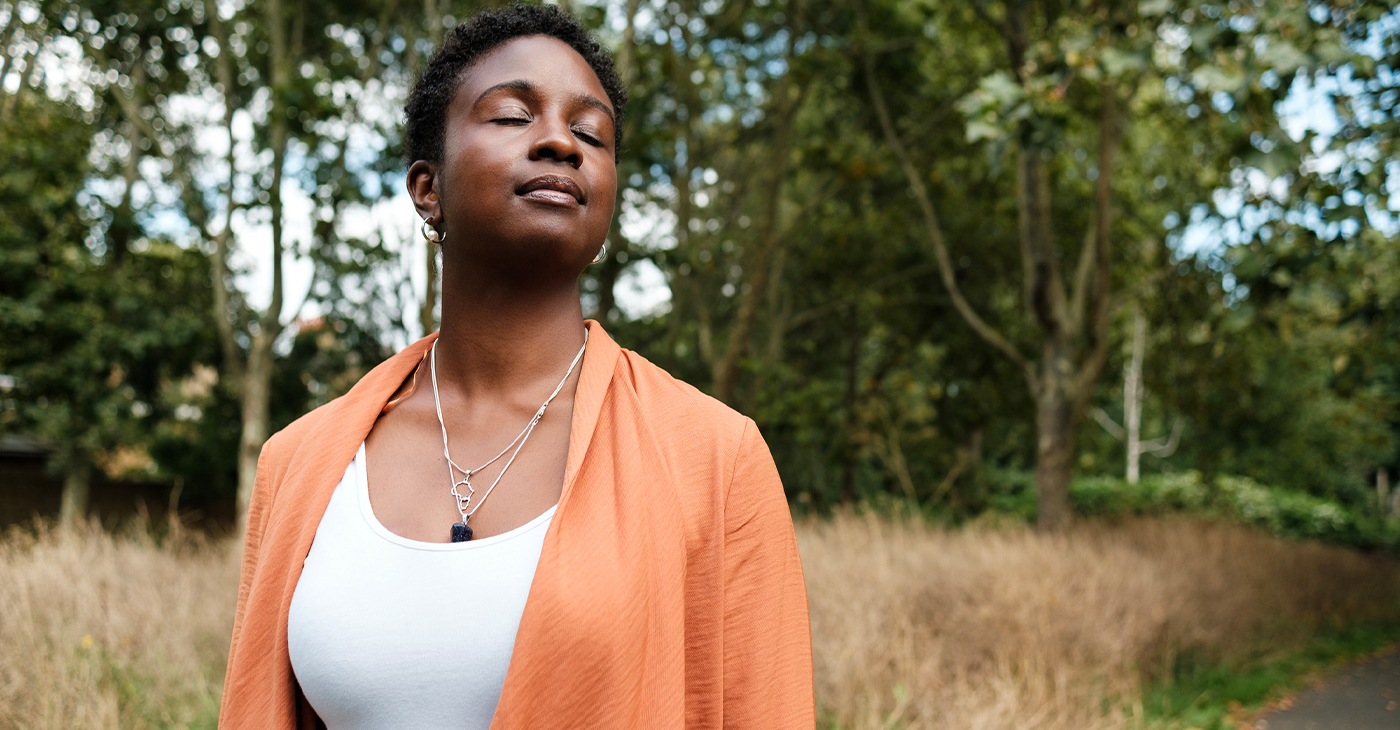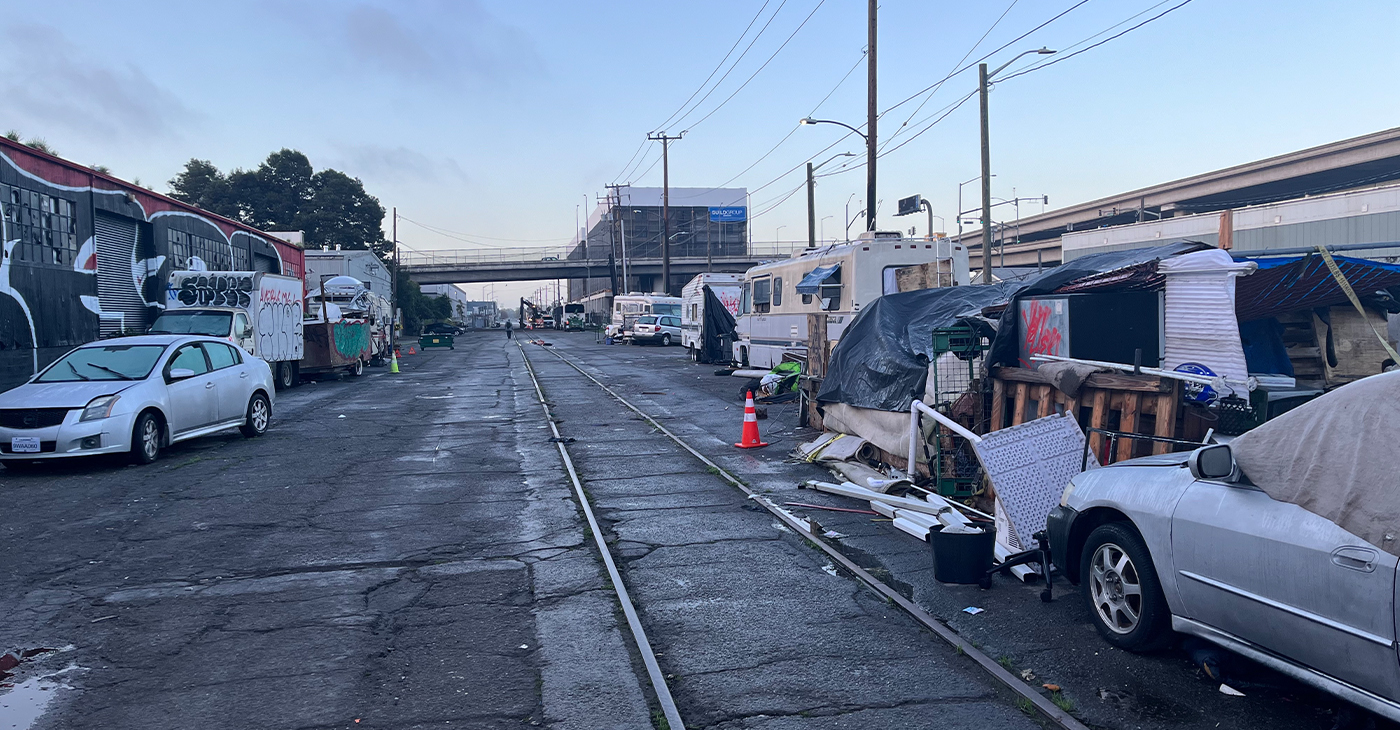Health
Overnight Dialysis Offers Benefits to People with Chronic Kidney Disease
By Gregory Mignano
When Derek Mattox learned in 2003 that his kidneys were failing and he’d need dialysis to stay alive he knew his life was about to change big-time.
<p>
What the Oakland resident, who was 39 at the time, couldn’t foresee was that 12 years later he’d be healthy, happy and using an increasingly popular dialysis treatment option to live a life as close to normal as he could imagine: nocturnal dialysis.
More than 26 million Americans – approximately eight percent of the population – suffer from Chronic Kidney Disease and many will one day face kidney failure and need to chart a course through dialysis treatment.
Diabetes, high blood pressure and heart disease can put people at an increased risk for kidney disease, and African Americans, Hispanics, Pacific Islanders and American Indians also face increased risk. African-Americans like Mattox, for instance, comprise more than 32 percent of all Americans receiving dialysis, despite representing just 13% of the total population.
Mattox, now 51, took treatment seriously from the very start. “It was like a new job and a new life for me, so I researched it, found out what was going on,” he says. “I knew my disease would take my life if I didn’t follow the directions.”
The traditional and predominantly prescribed course of treatment for kidney failure, known in medical terms as End Stage Renal Disease, requires that patients go to a center several mornings or afternoons per week for four hours at a time.
There, a blood-filtering machine removes waste and excess fluid from their blood – a task their kidneys can no longer do. Juggling a job, family and other responsibilities and activities with dialysis during daylight hours is no easy feat.
While Mattox managed to go back to school and work in various special education and childhood development roles while undergoing daytime dialysis for many years, it was tough. A few years ago, he decided to try nocturnal dialysis, spending three nights each week receiving overnight treatment.
When Satellite Healthcare launched a nocturnal program at its Oakland Dialysis Center at Telegraph and 33rd Street in 2013, Mattox was among its first patients.
The not-for-profit organization, founded more than 40 years ago, has been expanding its program in response to increased demand, now offering nocturnal dialysis in many of its centers across California.
Patients opting for nocturnal dialysis swap three nights of at-home sleep each week for overnight treatment. Mattox lives just 25 minutes on foot from the Oakland center and he usually walks as part of his regular exercise regime, carrying a sandwich, two blankets, a small pillow and a pair of headphones in his tote bag.
Arriving in the early evening, he is greeted by the friendly staff, settles into a specialized treatment chair, begins dialyzing, and watches cable TV and movies on his personal television until he falls asleep. Six to eight hours after arriving, he packs up his things and walks back home, refreshed.
Nocturnal dialysis is not always an easy sell – perhaps explaining why the number of patients taking advantage of it, while growing, remains low.
A common response from patients when hearing about the treatment is, “What? I need to give up a few nights of sleep in my own bed? Why on earth would I do that?”
But patients who try it out tend to see positive benefits very quickly, because receiving slower, steadier dialysis over a longer period of time puts less stress on their hearts and on their bodies in general. Also, up to 30 percent more toxins are removed from patients’ blood during nocturnal dialysis than during the faster daytime treatments.
“One of the things patients tell us is that with shorter daytime dialysis, they have a longer recovery time afterward,” says Sheila Doss-McQuitt Director of Clinical Programs and Research at Satellite Healthcare. “Patients receiving the longer, overnight treatment report their recovery time is greatly shortened. They can often just get up and go, to do whatever they want immediately following treatment.”
“I tell other patients all the time: nocturnal gives me the ability to have a life. I really feel the difference in my body than when I was on daytime dialysis,” attests Mattox. “When I first began it was an adjustment with the sleep, but I was able to rest a bit when I got home in the morning and then go to work feeling rejuvenated, with extra energy. No one I’ve worked for has even known I’m on dialysis – they can’t tell, and I don’t tell them.”
Published studies, and the Oakland patients’ own lab results, illustrate nocturnal’s benefits. Receiving slower, steadier dialysis over a longer period of time puts less stress on the heart.
An additional 30 percent more toxins are removed from patients’ blood than during the faster daytime treatments.
As a result, many patients with heart disease and hypertension – very common ailments – can decrease or even eliminate some medications. And, like Mattox, they tend to find they have more energy.
Mattox plans to begin looking for a new job soon, but for now he’s enjoying a hiatus from work. He can frequently be found walking his dog around Lake Merritt, checking out movies, reading, and simply, as he puts it, “getting out” as much as he can during the day.
He believes one of the most important things dialysis patients can do for themselves is to maintain a sense of empowerment. “Don’t let dialysis take control of you – you take control of it. Learn as much about dialysis as you can so you can have the best treatment possible.
For me, that’s nocturnal. Also, don’t depend on the dialysis machine to take care of your body – you’ve got to take care of it by eating the right foods and doing the right things. The machine is just an additional tool.”
In his role as Area Manager at Satellite Healthcare, Gregory Mignano oversees the Satellite Healthcare’s Oakland dialysis center. For more information visit SatelliteHealth.com.
Bay Area
Mind, Body, and Spiritual Well-Being for Women Addressed in NAACP Forum in Oakland
The Women In The NAACP Oakland Branch is proud to announce the upcoming “Total You – Mind, Body, and Spirit Women’s Health Forum” scheduled for April 27 at Acts Full Gospel Church. Running from 9 a.m.-2 p.m. at 1034 66th Ave., this forum aims to provide an empowering platform for women to engage in discussions, gain knowledge, and access resources pertaining to their health and well-being.

Special to The Post
The Women In The NAACP Oakland Branch is proud to announce the upcoming “Total You – Mind, Body, and Spirit Women’s Health Forum” scheduled for April 27 at Acts Full Gospel Church.
Running from 9 a.m.-2 p.m. at 1034 66th Ave., this forum aims to provide an empowering platform for women to engage in discussions, gain knowledge, and access resources pertaining to their health and well-being.
The forum will feature renowned experts, healthcare professionals, and advocates from Genentech, John Muir Health, Sutter Health of The East Bay, Kaiser Permanente, and the Alameda County Public Health Department.
Our expert panel will address various aspects of women’s health, including physical, mental, and emotional well-being, and healthy relationships. The forum will encompass a wide range of topics such as breast cancer, menopause, reproductive health, nutrition, mental health awareness, preventive care, and much more.
Participants will have the opportunity to attend informative sessions, interactive workshops, and panel discussions led by experts in their respective fields. Additionally, there will be wellness activities, screenings, and informational booths offering valuable resources and support.
This forum is open to women of all ages and backgrounds, encouraging inclusivity and diversity in the conversation surrounding women’s health. Whether you’re seeking information for yourself, a loved one, or simply looking to connect with other women, this event promises to be enlightening and empowering.
For more information and to register for the Total You Women’s Health Forum, please visit https://www.naacpoakland.org/ or contact Dr. Delores Thompson. WIN chairwoman at (510) 328-3638.
The Women In The NAACP Oakland Branch is dedicated to empowering women, and young teen girls. We look forward to your participation in this important event.
To register, go to https://www.naacpoakland.org/events/the-total-you-womens-health-forum
Alameda County
Oakland Conducts Its Biennial ‘Point in Time’ Homelessness Count
Oakland, along with other cities in Alameda County, conducted their biennial ‘Point In Time’ census count on Feb. 1 to gain a thorough understanding of the size and dispersion of the homeless population in the region. The Point In Time (PIT) count is federally required by the Housing and Urban Development Department as a requirement to receive funding and resources to tackle homelessness in the area.

By Magaly Muñoz
Oakland, along with other cities in Alameda County, conducted their biennial ‘Point In Time’ census count on Feb. 1 to gain a thorough understanding of the size and dispersion of the homeless population in the region.
The Point In Time (PIT) count is federally required by the Housing and Urban Development Department as a requirement to receive funding and resources to tackle homelessness in the area.
David Modersbach, Grants Manager of Alameda County Health Care for the Homeless program, said that the methodology this time around was different, as this count had a much more personal “lived experience” aspect that previous counts did not have.
In 2022, the county relied more on statistical extrapolation and assumptions, but this year’s survey questionnaires allowed for details on substance abuse issues, how long someone has been living without proper housing, what resources people are in need of and much more.
“[The PIT count is] a critical opportunity for the county, Continuum of Care, and cities to understand the magnitude of homelessness in Alameda County. [The count] enables us to better allocate resources and implement effective programs to tackle this issue head-on in a compassionate and inclusive way,” Modersbach said.
St. Mary’s Center was one of the many meeting hubs across the county that hosted volunteers and community officials the morning of the count. The organization has been deeply involved in the effort to provide resources for unhoused people and others in need.
St. Mary’s is a nonprofit in West Oakland that helps seniors and preschool families with food and housing. Last year, the organization helped about 50 seniors find housing after they had fallen on hard times.
Sharon Cornu, executive director of St. Mary’s, said a lot of the older couples and individuals that come into the center have borne the brunt of the skyrocketing cost of living in the Bay Area. The most recent influx of seniors St. Mary’s has seen coming in for help has been made up of people who were evicted when the COVID-19-related moratorium on rent payment ended.
“Seniors are the fastest growing segment of the unhoused and the incredibly high cost of housing is driving them to the streets,” Cornu said.
Among the volunteers were workers with Operation Dignity, a nonprofit organization that helps veterans and those living on the street find shelter, transitional housing and supportive services.
“These are our stomping grounds,” Ivan Magana, program manager for Operation Dignity said.
Magana stated that his team was extremely familiar with the people residing in the encampments they were conducting the count in since Operation Dignity made many visits to these areas while doing community outreach. He said they had even informed some of the unhoused people they knew about the count a few days prior so they would not be alarmed when the enumerators showed up early in the morning to conduct the count.
Not everyone got the memo though, as the volunteers encountered an almost violent situation around the 6 a.m. when a young woman living in a bus yelled at the Operation Dignity workers to leave her alone.
Luckily, the three-year experience Mangana has working with Operation Dignity and his knowledge of therapeutic health services, equipped him with the techniques needed to deescalate the tension. The woman soon realized who the volunteers were and apologized, he said.
Another volunteer and Operation Dignity worker, Yolanda Kirkpatrick, noted that she was initially hesitant because of the early schedule. She felt the time deterred others from participating, too.
Her prediction would come true as the hours went on and they continued to walk along 24th St in downtown Oakland and there was very little activity on the streets.
The volunteers shared similar sentiments. Although the community the people they were engaging for the count and surveys encounter tend to distrust outsiders, the PIT count was necessary for the city to receive the appropriate level of federal funds to address a crisis that is spiraling out of control in California.
A full analysis and report of the count will be made available in the summer.
Community
For Cervical Cancer Month, Medical Community Focused on Education
January was Cervical Cancer Awareness Month. Physicians, advocates and others in the medical community commemorated the month by raising awareness about a form of cancer they say is highly preventable and treatable. Cervical cancer is caused by a virus called the human papillomavirus (HPV) and it develops slowly over time but can be prevented with proper care in girls as young as 13 years old.

By Magaly Muñoz
January was Cervical Cancer Awareness Month.
Physicians, advocates and others in the medical community commemorated the month by raising awareness about a form of cancer they say is highly preventable and treatable.
Cervical cancer is caused by a virus called the human papillomavirus (HPV) and it develops slowly over time but can be prevented with proper care in girls as young as 13 years old.
Sonia Ordonez, an OBGYN and gynecology surgeon at Kaiser Permanente, stated that as soon as people with cervixes reach the maturity reproductive age, they should start taking preventative measures like getting the HPV vaccine. The vaccine involves a series of two-doses for people aged 9 through 14 or three-doses for people 15 through 45 years old.
“I see a lot of young women who can’t remember or may not have gotten [the vaccine] when they were younger, or maybe got one, but we can give them the series of vaccines and restart at any point in time,” Ordonez said.
She said that cervical cancer is not the only cancer caused by HPV. Strains of the virus can also lead to throat, anal and penile cancers.
Screening is also an effective way to check for cervical cancer and should be done every three years after someone turns 21, doctors recommend. It is best to start as early as possible to catch occurrences early.
Ordonez said that this cancer is also more likely found in people of color and has led to more deaths overall.
A Mayo Clinic article published last month stated that Black women are more likely to be diagnosed and die of cervical cancer, compared to White women in the U.S.
2,000 Black women are diagnosed every year with cervical cancer and 40% die as a result.
“This disparity is not due to genetic differences among White, Black or Hispanic women, but rather related to systemic racism, access to healthcare and socioeconomic factors,” Dr. Olivia Cardenas-Trowers, a Mayo Clinic urogynecologist, said in the article.
Ordonez stated that immigrant women are also highly susceptible to the cancer, as many Latin American countries may not have accessibility to screenings or lack of insurance makes it harder for them to get tested.
Hispanic women are 40% more likely to be diagnosed with cervical cancer, and 30% more likely to die from it, as compared to non-Hispanic White women, according to the Office of Minority Health.
Family medicine physician, Joy Anyanwu, stated that the pandemic contributed to hesitancy about getting cervical cancer screenings among some women. Other factors are people’s aversion to vaccines, parents not wanting to believe that their children are or will become sexually active, and doubt about the overall effectiveness of the vaccine.
“The vaccine is very safe — over 97% effective in preventing cervical cancer,” Anyanwu said. “Even if you aren’t having sex, the earlier you start would actually help.”
Anyanwu said she understands that parents might not want to ask questions about their children’s reproductive health, but it’s a mindset that can be a barrier to having important conversation about prevention or care.
To keep families their families and communties healthy, the doctor emphasized that people should prioritize keeping up with their vaccine series and going to screenings every year.
-

 Activism4 weeks ago
Activism4 weeks agoOakland Post: Week of March 27 – April 2, 2024
-

 #NNPA BlackPress4 weeks ago
#NNPA BlackPress4 weeks agoFrom Raids to Revelations: The Dark Turn in Sean ‘Diddy’ Combs’ Saga
-

 #NNPA BlackPress4 weeks ago
#NNPA BlackPress4 weeks agoCOMMENTARY: D.C. Crime Bill Fails to Address Root Causes of Violence and Incarceration
-

 #NNPA BlackPress4 weeks ago
#NNPA BlackPress4 weeks agoCOMMENTARY: Lady Day and The Lights!
-

 #NNPA BlackPress4 weeks ago
#NNPA BlackPress4 weeks agoMayor, City Council President React to May 31 Closing of Birmingham-Southern College
-

 #NNPA BlackPress4 weeks ago
#NNPA BlackPress4 weeks agoBaltimore Key Bridge Catastrophe: A City’s Heartbreak and a Nation’s Alarm
-

 #NNPA BlackPress4 weeks ago
#NNPA BlackPress4 weeks agoBaltimore’s Key Bridge Struck by Ship, Collapses into Water
-

 #NNPA BlackPress4 weeks ago
#NNPA BlackPress4 weeks agoBeloved Actor and Activist Louis Cameron Gossett Jr. Dies at 87





















































